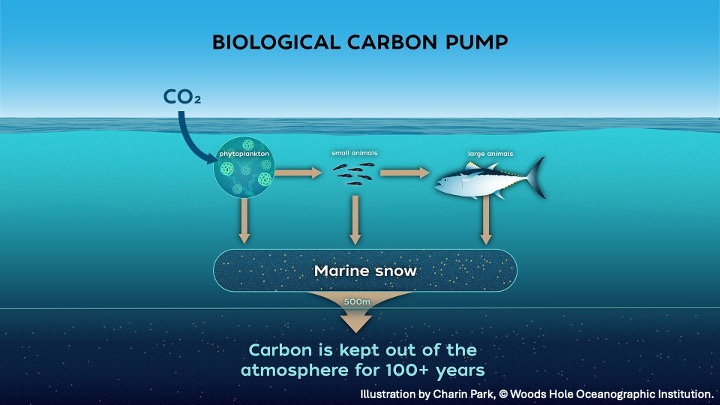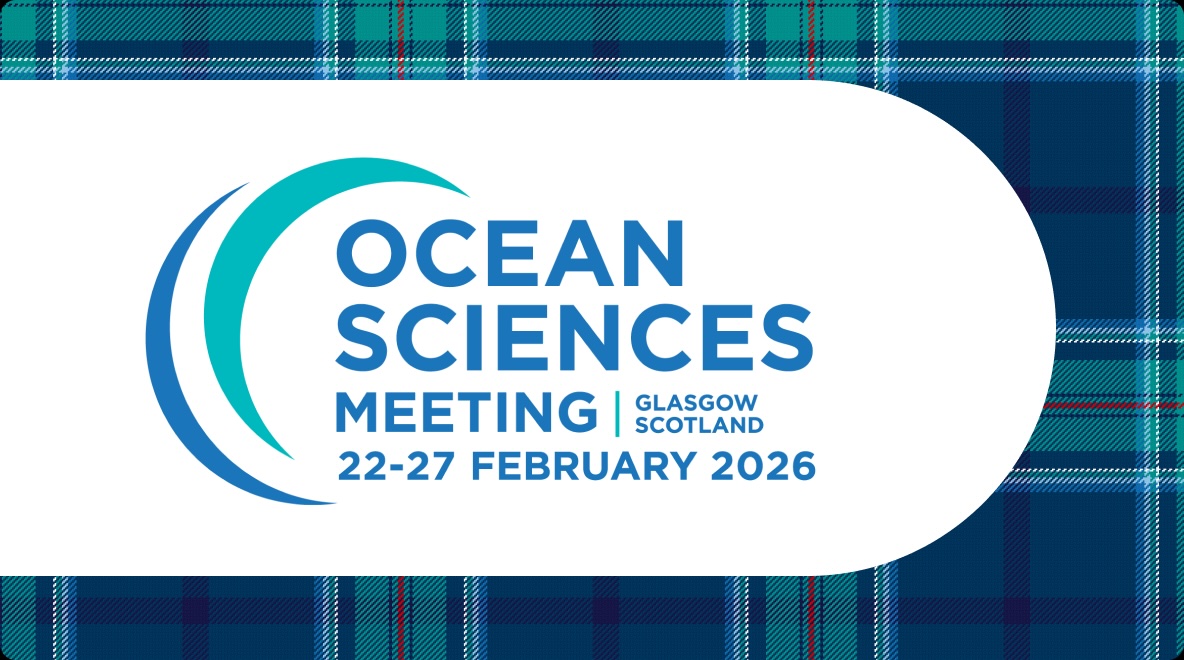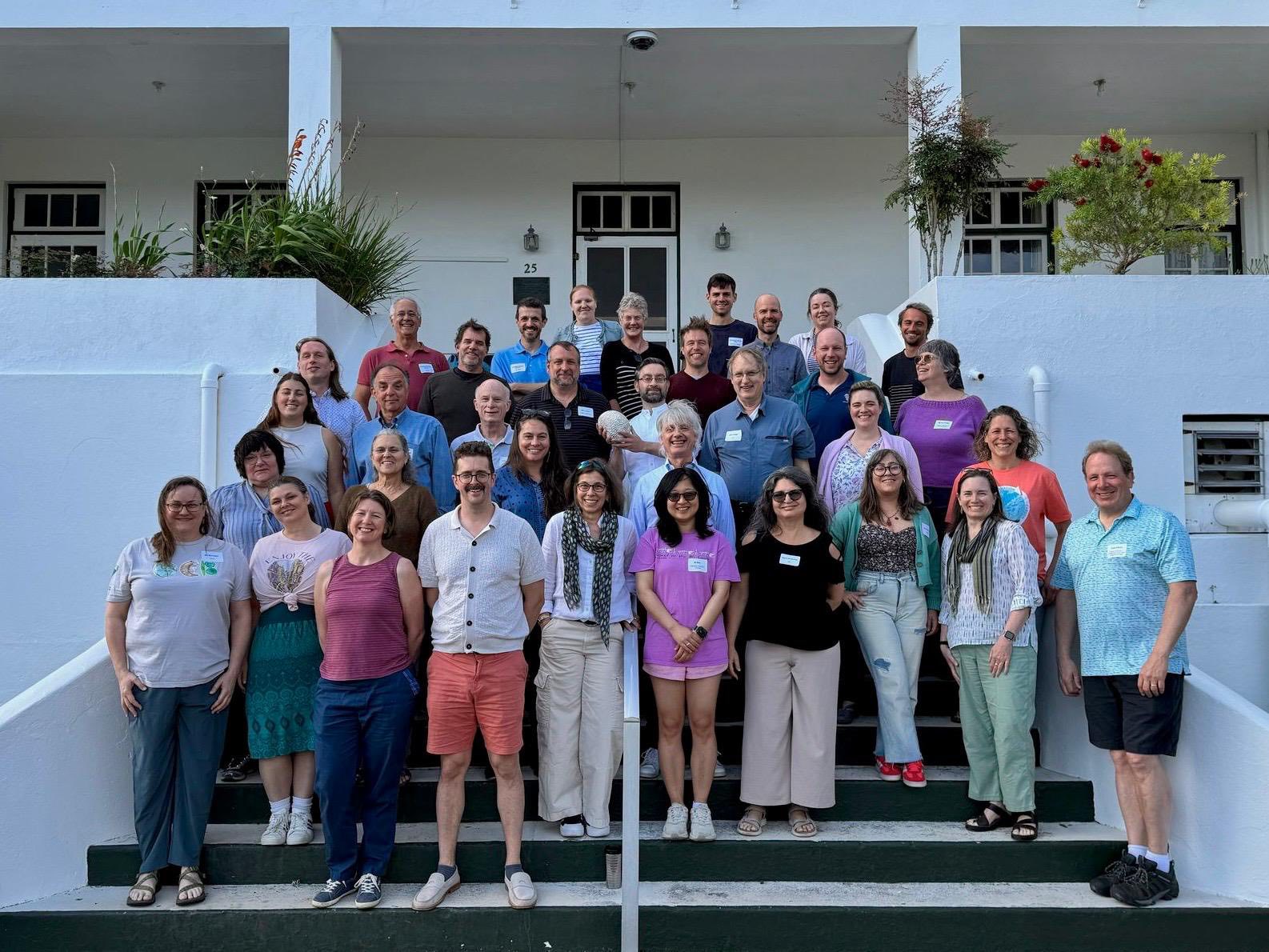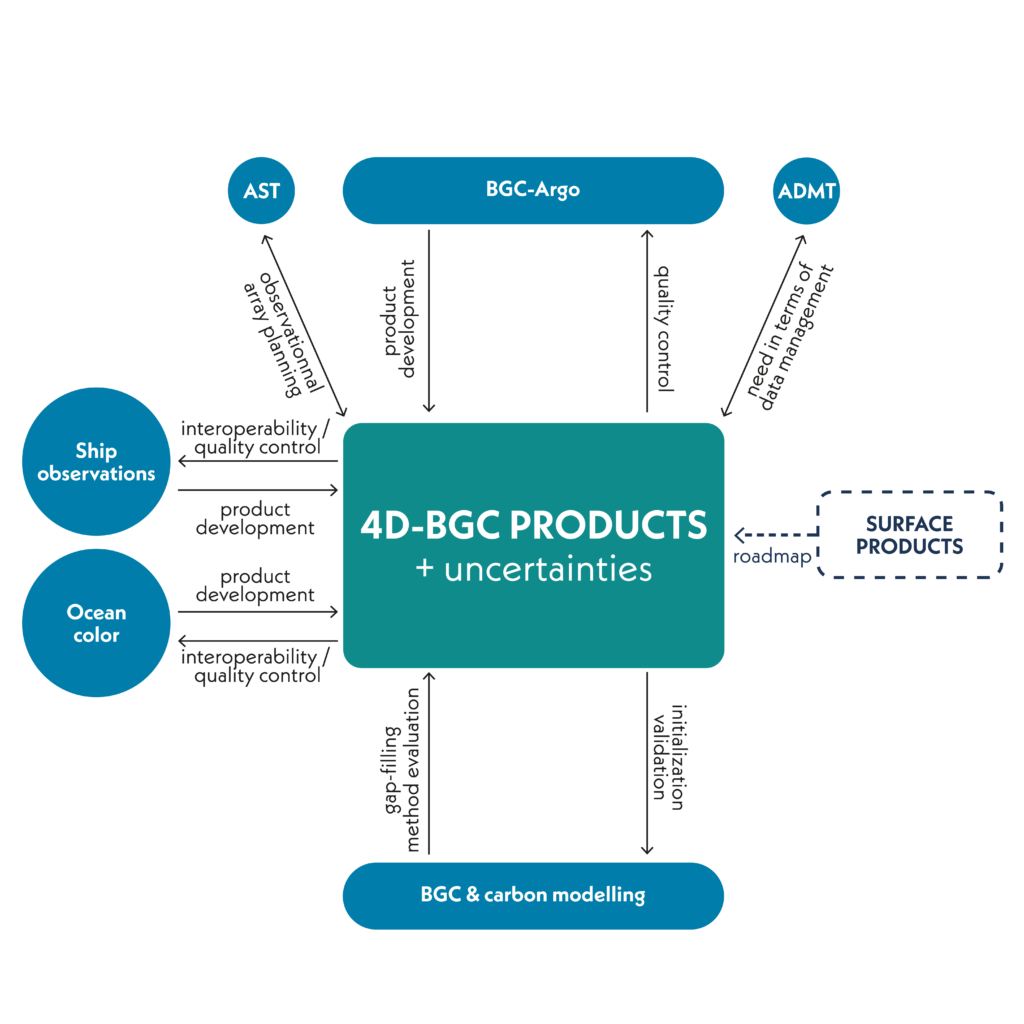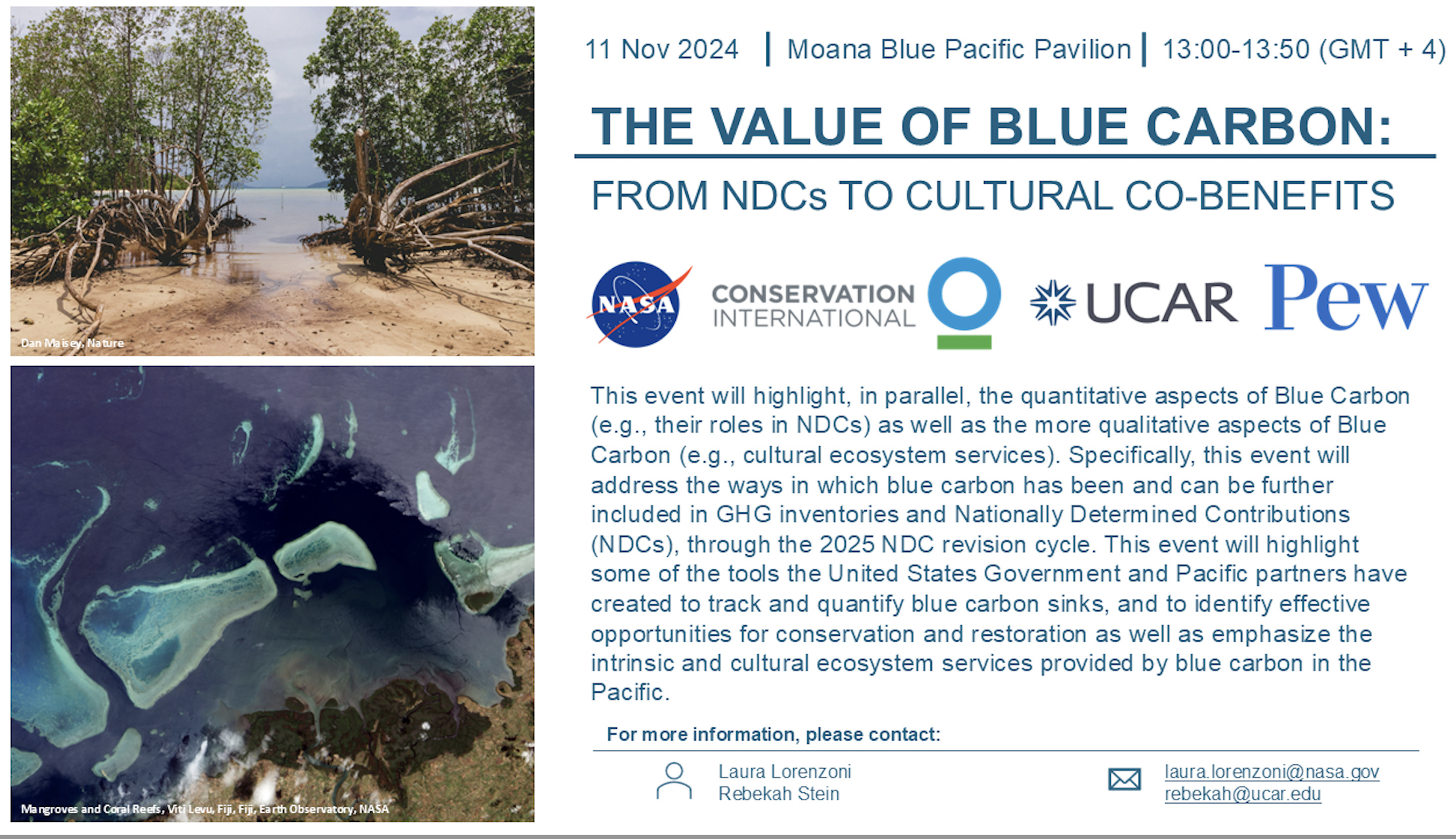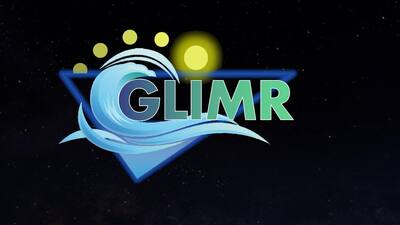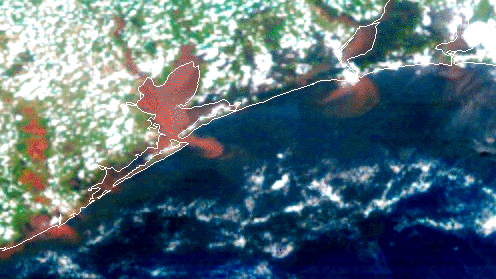The Oceanography Society (TOS) is conducting a survey seeking input on experiences with promotion and tenure to gain a deeper understanding of the formal and informal processes that underpin promotion and tenure systems, including perceptions of fairness, mentorship, flexibility, and overall well-being. All data will be de-identified and analyzed in aggregate. Participation is fully voluntary, and you may skip any question you do not wish to answer. This survey should take approximately 10 minutes to complete.


